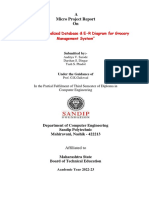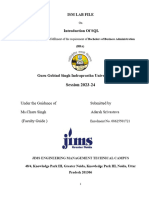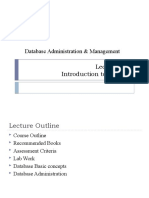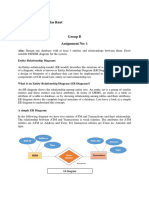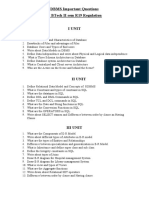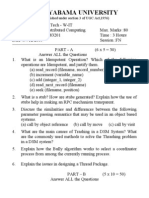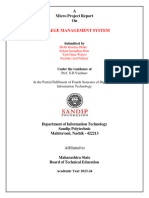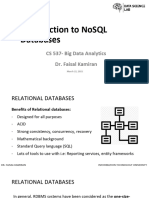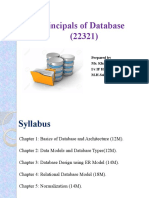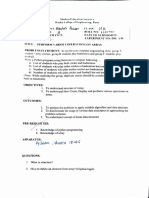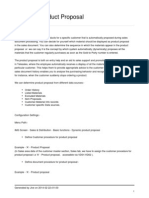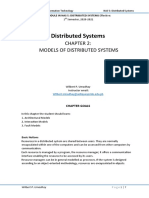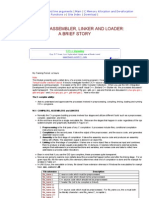0% found this document useful (0 votes)
602 views4 pagesDatabase Questions and Answers
Fundamental database Question with answer
Uploaded by
haile yilma (ETHIOSC)Copyright
© © All Rights Reserved
We take content rights seriously. If you suspect this is your content, claim it here.
Available Formats
Download as PDF, TXT or read online on Scribd
0% found this document useful (0 votes)
602 views4 pagesDatabase Questions and Answers
Fundamental database Question with answer
Uploaded by
haile yilma (ETHIOSC)Copyright
© © All Rights Reserved
We take content rights seriously. If you suspect this is your content, claim it here.
Available Formats
Download as PDF, TXT or read online on Scribd
/ 4




